Setup Your Analytics Dashboard
Build insight-driven dashboards with charts, metrics, and filters
Analytics dashboards in aclipp are designed to be your main source of insights. They bring together clippings, metrics, and tags into visual overviews that help you understand performance and make data-driven decisions.
The OKM Cycle

At aclipp, we follow the OKM Cycle — Objectives, Key Metrics, Monitoring.
Your dashboard is the practical implementation of this cycle:
- Objectives: Define what matters to your brand or agency.
- Key Metrics: Track the right KPIs, whether built-in or custom.
- Monitoring: Use dashboards to continuously evaluate, compare, and decide.
Creating and Editing Dashboards
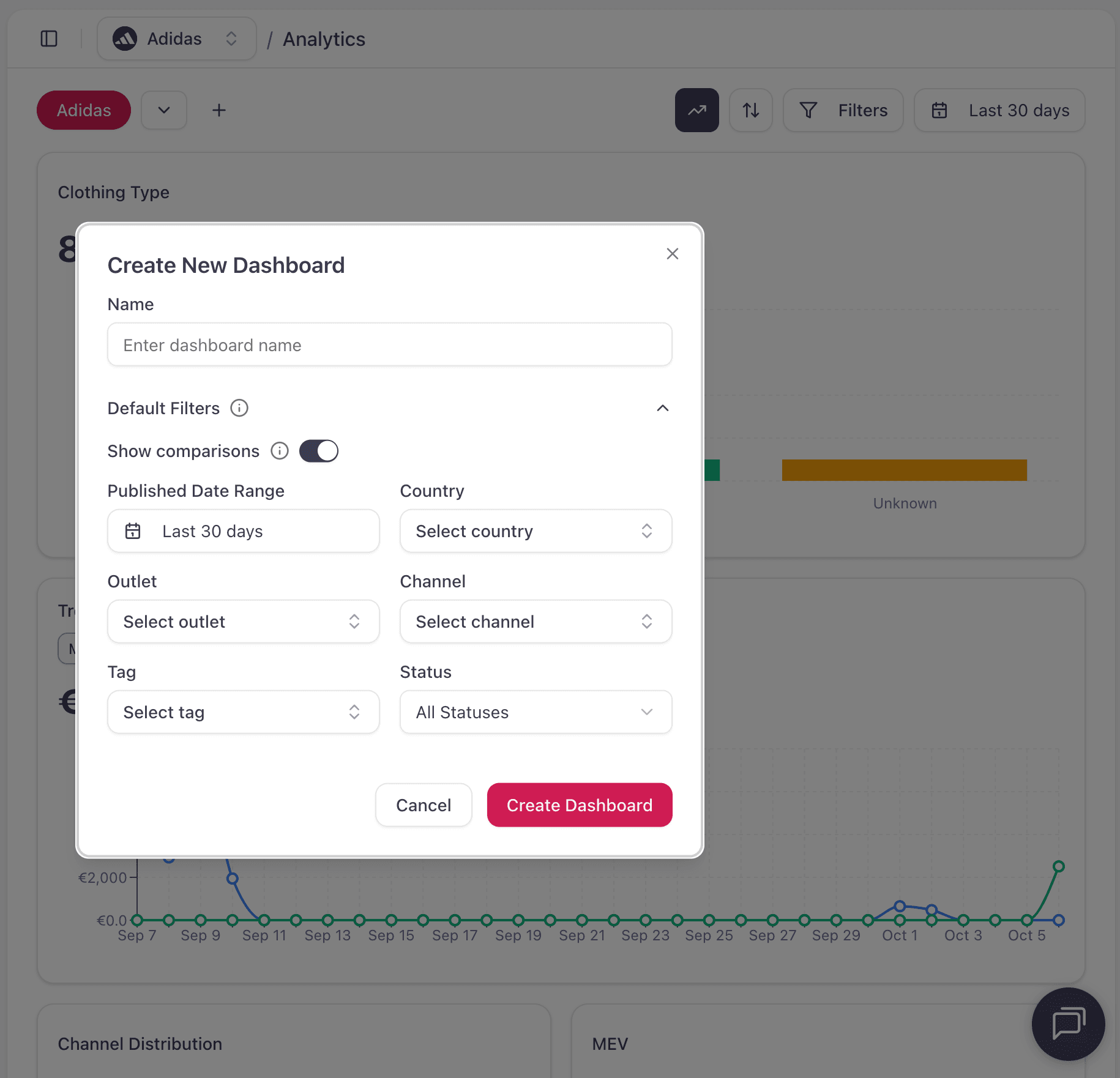
You can either edit existing dashboards or create new ones.
Dashboards can include preset filters — for example, limit the view to clippings from a single tag, market, or campaign. This helps tailor each dashboard to specific goals.
Adding and Customizing Charts
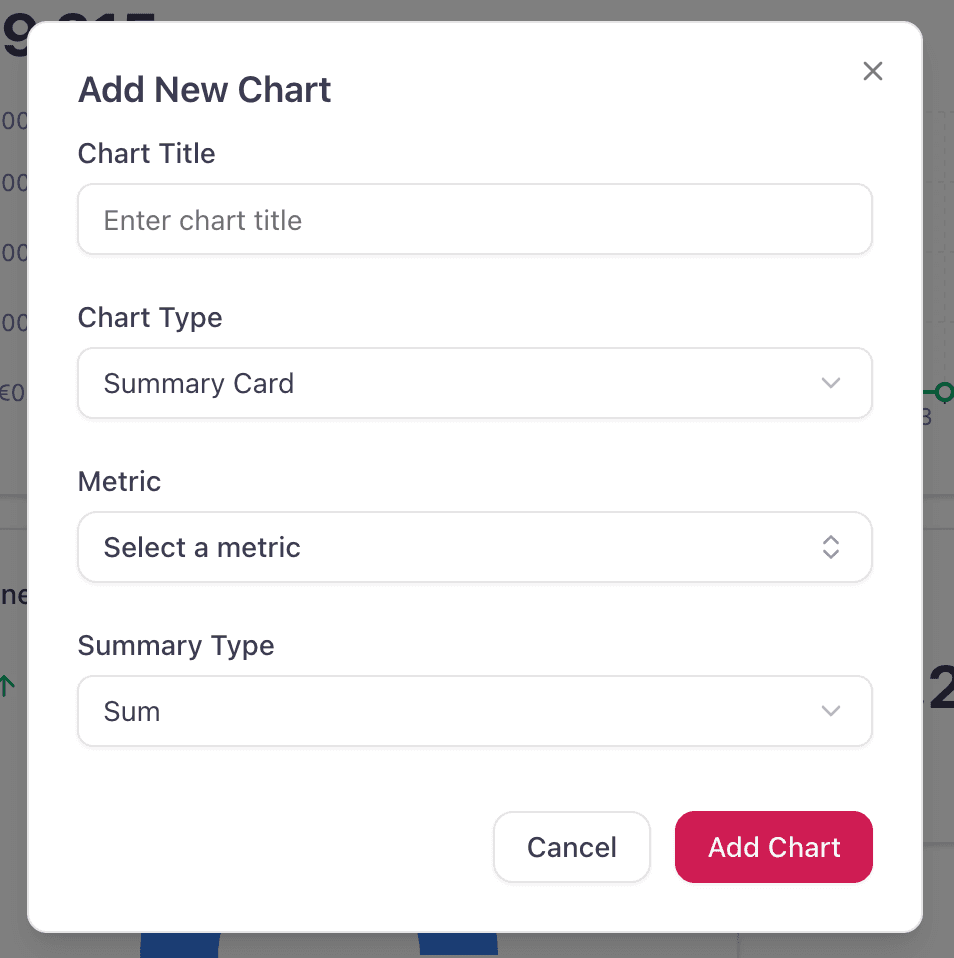
Each dashboard is built from charts. You can add new charts or edit existing ones at any time.
Chart Types
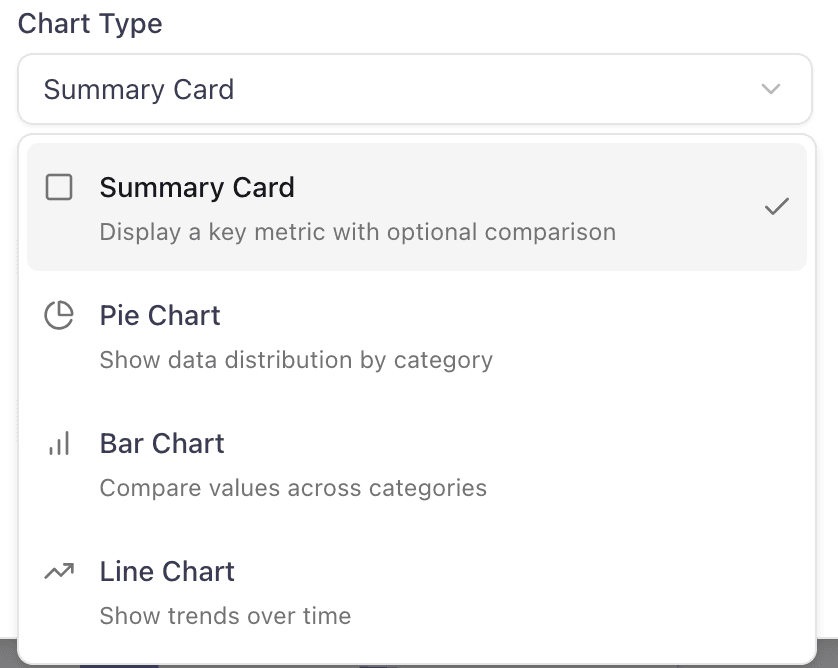
- Summary Card – highlight one key number.
- Pie Chart – visualize shares or distribution.
- Bar Chart – compare values across categories.
- Line Chart – show trends over time.
Data Sources
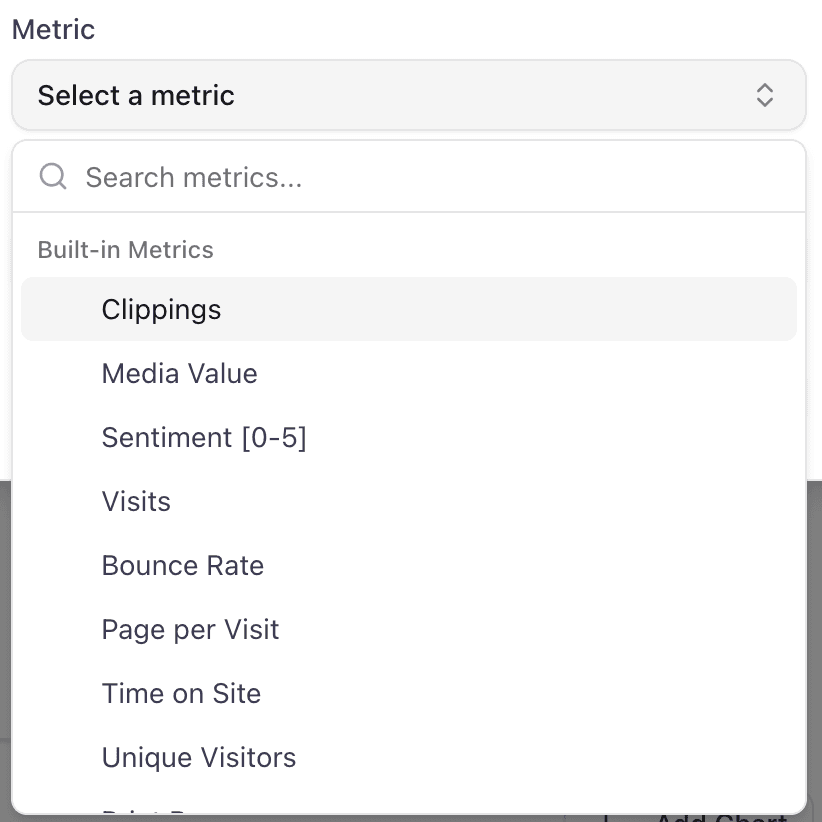
- Choose from built-in metrics (reach, impressions, AVE, etc.)
- Or use your custom metrics created in your project settings.
Grouping Values
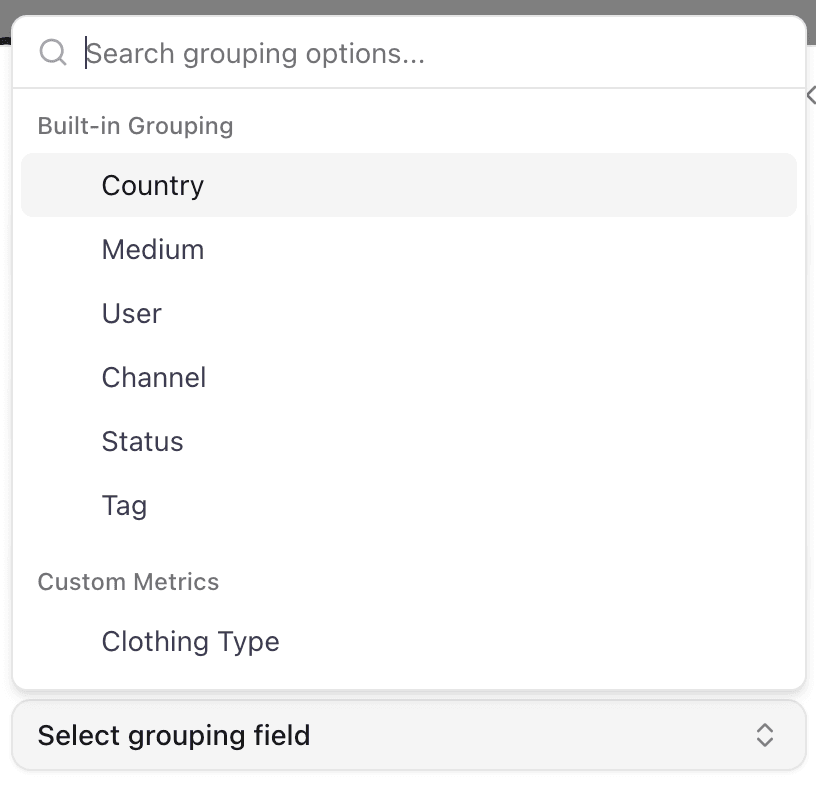
Select how data should be grouped: by tags, channels, markets, or any metric you defined. This makes the dashboard flexible for different analysis perspectives.
Rearranging and Interacting
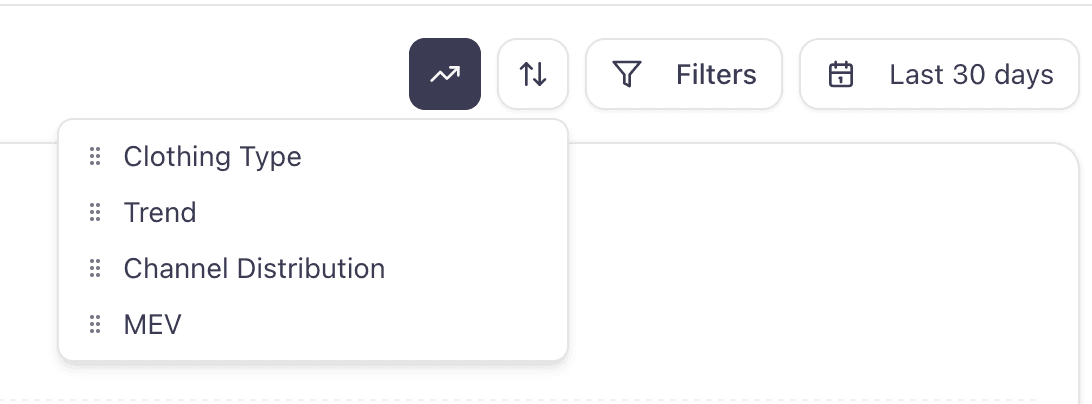
- Rearrange charts: Drag and drop to set the order that works best for you.
- Interactive filters: Apply filters on the fly to explore different angles of your data without changing the dashboard setup.
Best Practices
- Start with a few key charts tied to your main communication goals.
- Use tags and custom metrics to personalize dashboards for campaigns or clients.
- Keep dashboards clean and focused — too many charts can make insights harder to spot.
✅ With your analytics dashboards set up, you’ll always have a clear, interactive overview of your PR performance — ready to learn from, optimize, and share with your team or clients.